Toys-robots for children: for learning and entertainment
Today we have prepared a small selection of children's intellectual robotic toys. For learning, creativity, programming.
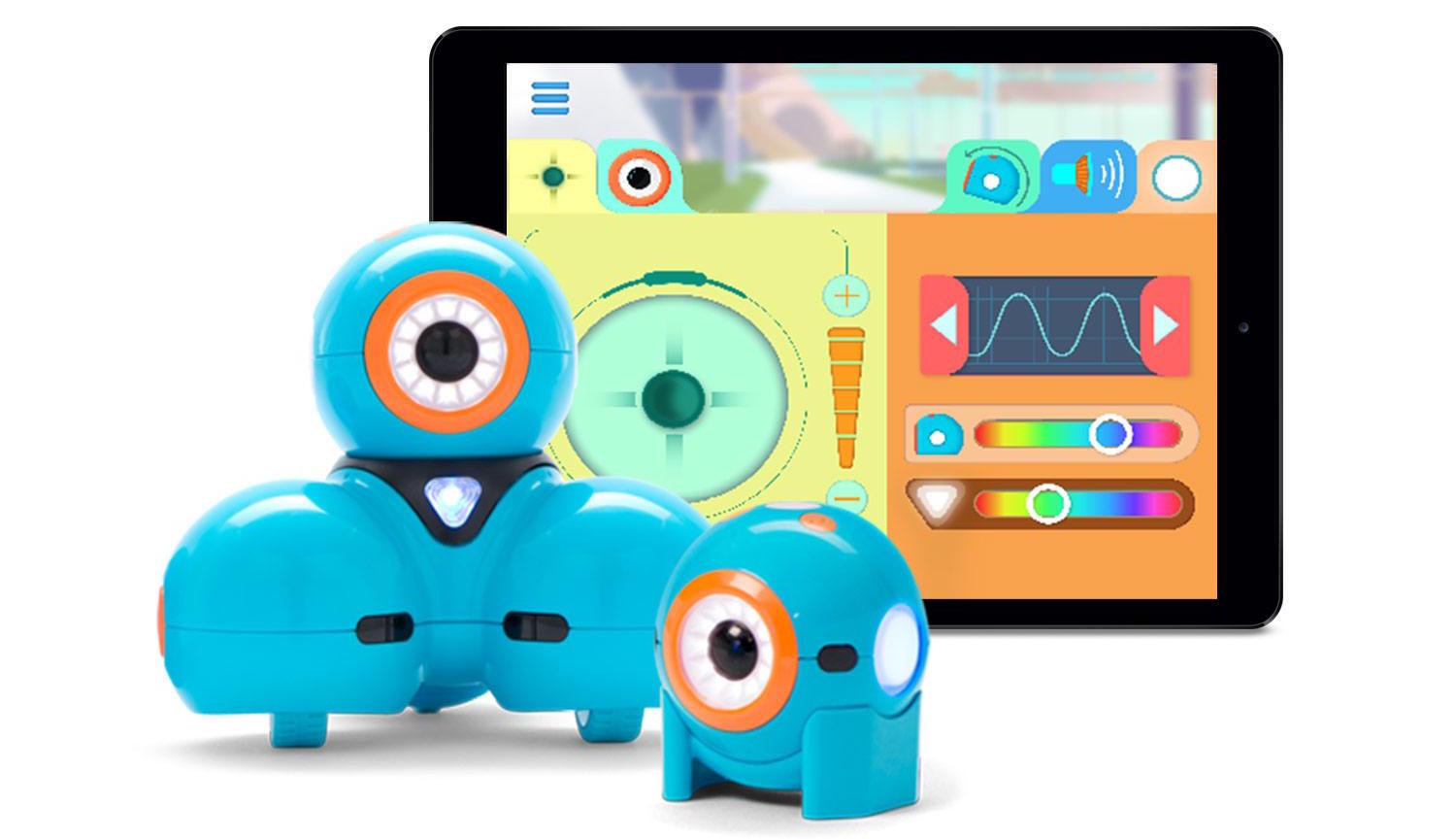
PS Inside a little gif.
Let's start with the simple.
')
Pudding s
The robot, which received the fabulous name Emelya in Russia, is intended for communication.
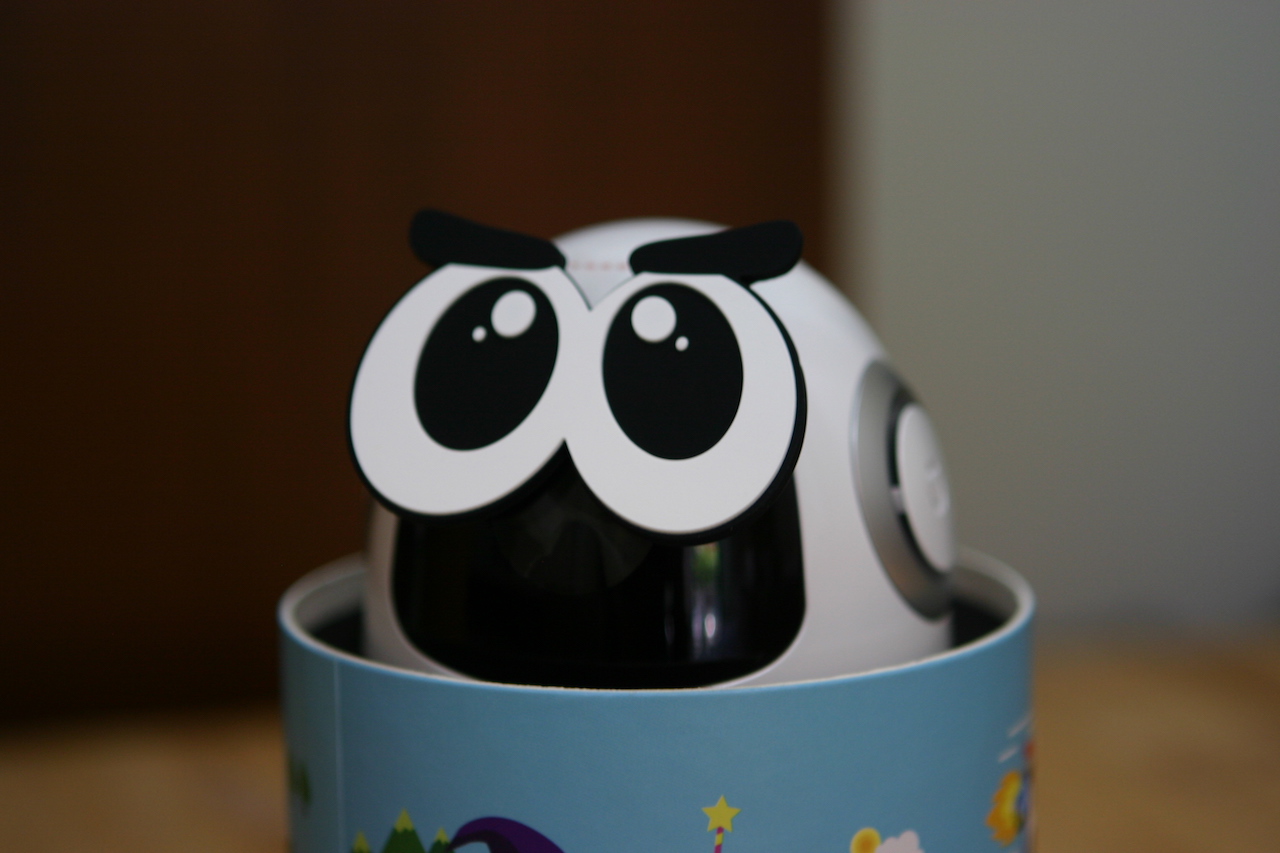
Unlike most robots, Emelya is practically static: he can twist his "head", but he will not move from his place. Its main feature is the presence of the similarity of artificial intelligence: the child can ask the robot simple questions, after which he will “google” the answers and reproduce them.
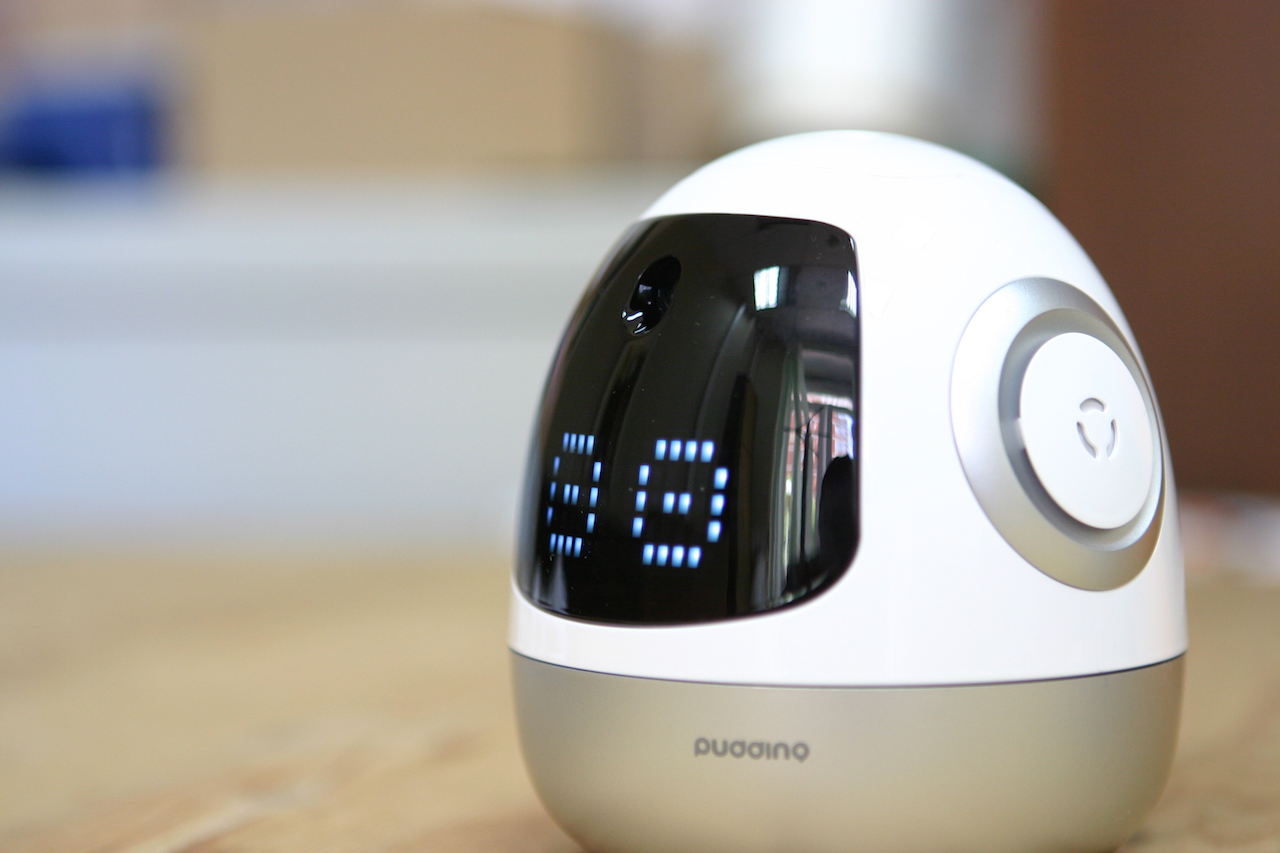
For Emelya's parents, he will become a means of additional control: first, the robot is equipped with a camera, which will allow remote control of the apartment. Secondly, it is possible to send messages to Emelya, which he will read out to the child.
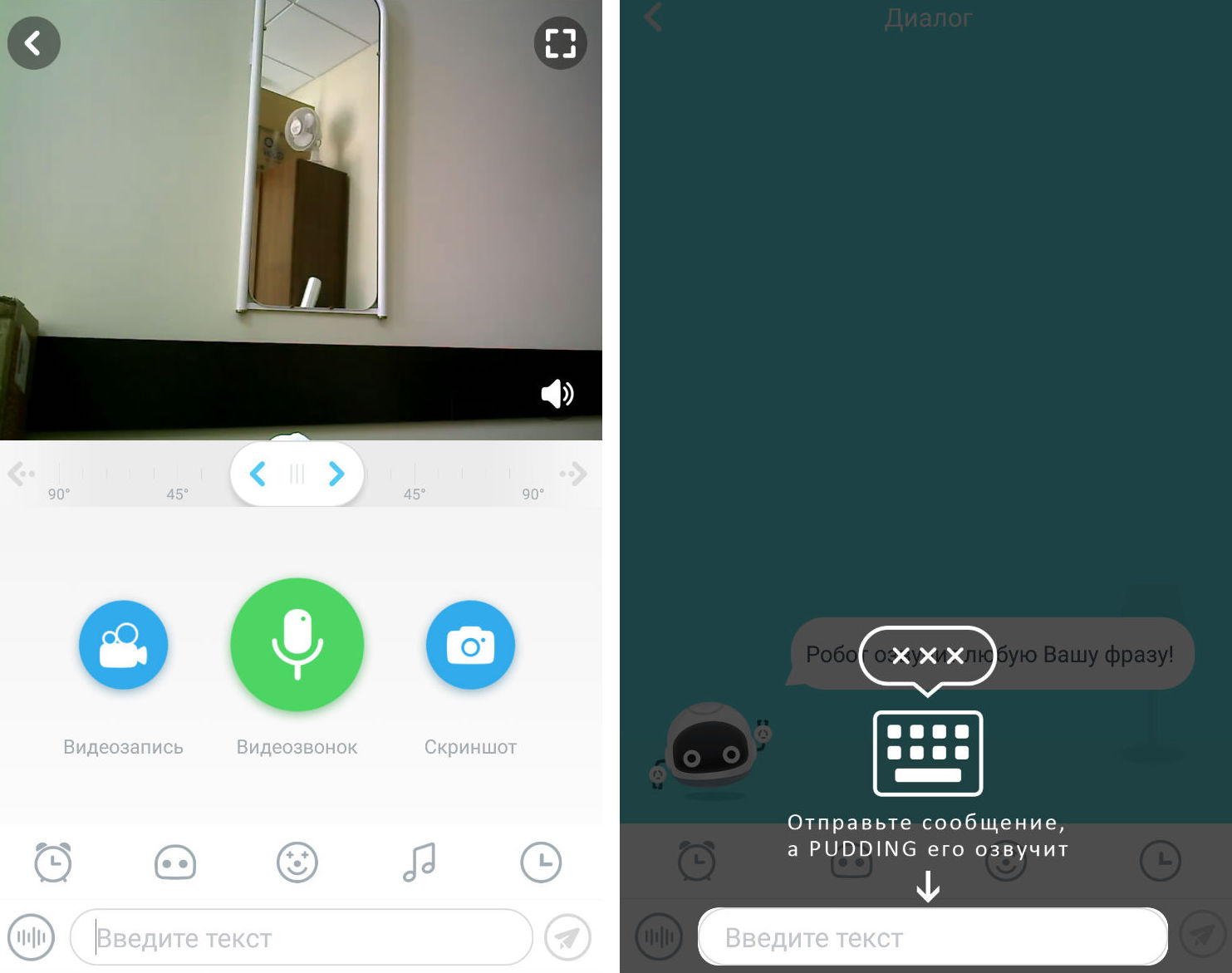
And finally, the Pudding S application includes a large collection of fairy tales, songs, classical author's literature.
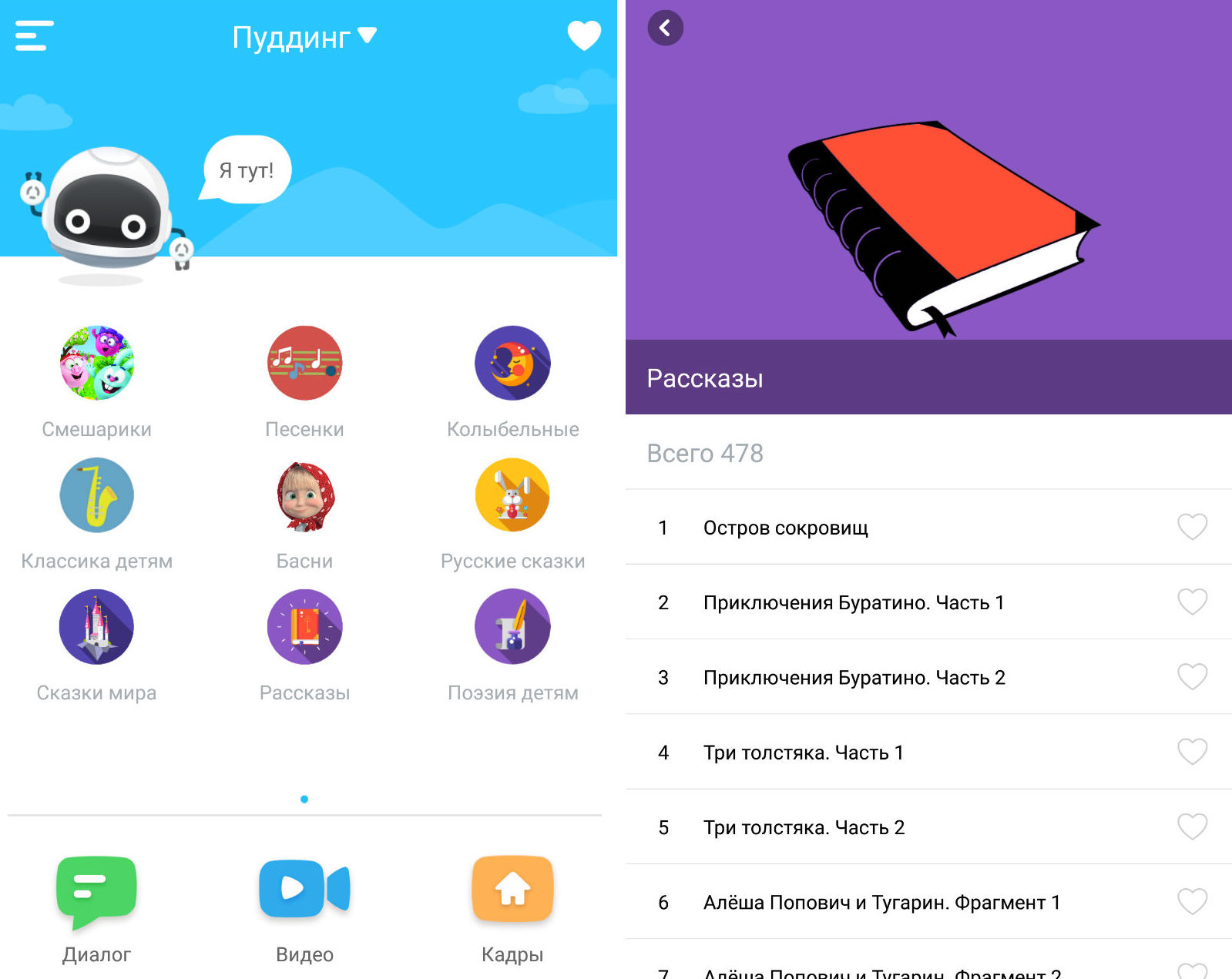
As such, the programming format is not provided, but you can choose the emotions of the robot, “force” it to pronounce certain phrases + ask a variety of questions and get answers to them voiced by a male or female voice.
Dash & Dot
Programmable set for children, recommended from 5 years. Working with the robot is aimed at teaching children programming, involvement in this process through the phased development of various "languages".
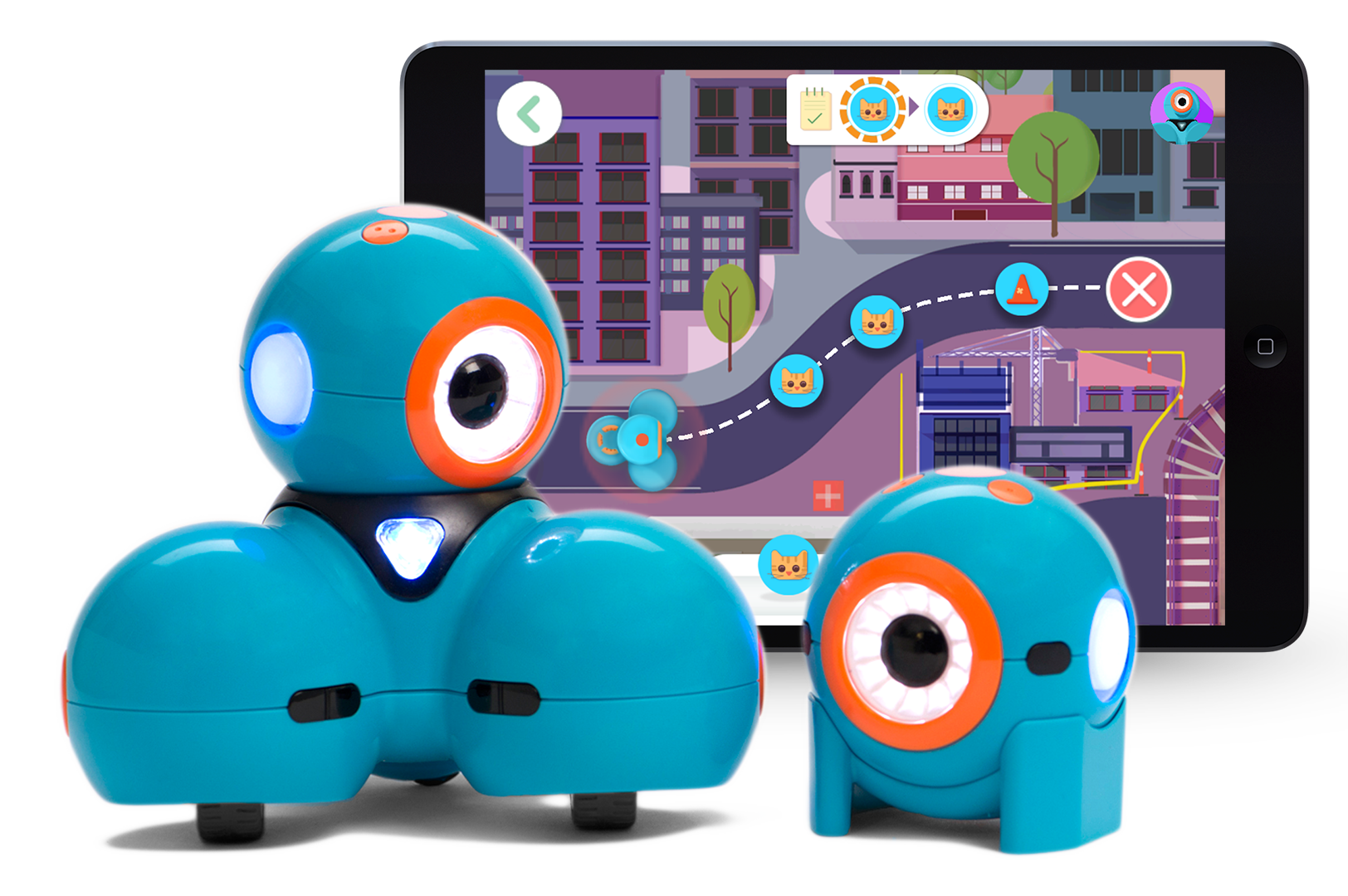
For the smallest, one of the scenarios is simply to work with the Go for Dash & Dot robots application, which is used to control the robot, sounds and effects.
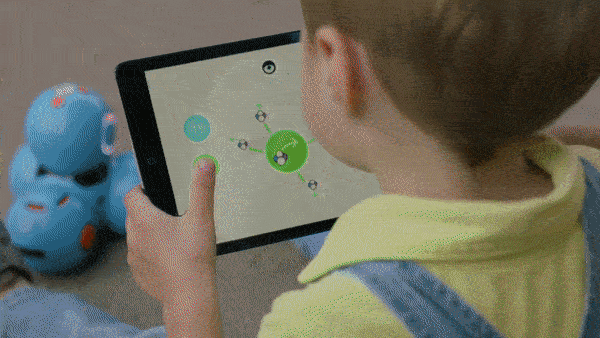
For more complex configurations are provided:
Path for Dash robot
Creative software for defining algorithms and reactions of robots to events with a fairly simple interface.
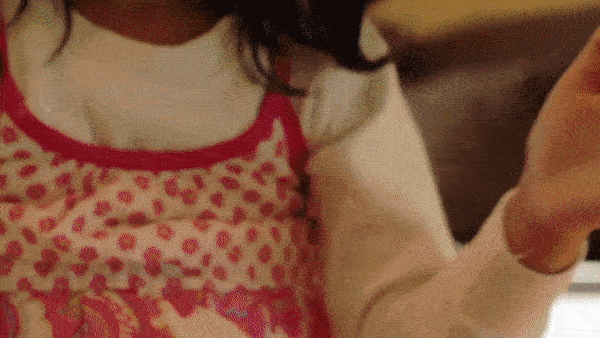
Xylo for Dash robot
Music application for robots, which in the process of learning programming will help to create and play music. To work with this software, you need an additional accessory - xylophone.
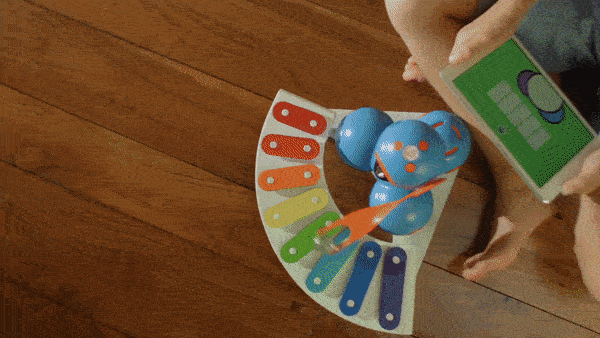
Blockly for Dash & Dot robots
Also for older children there is the Blockly application, which allows you to create cycles, think over and load algorithms in the robot, control all sensors and much more. In the process, you just need to "drag" blocks of commands in the desired sequence.
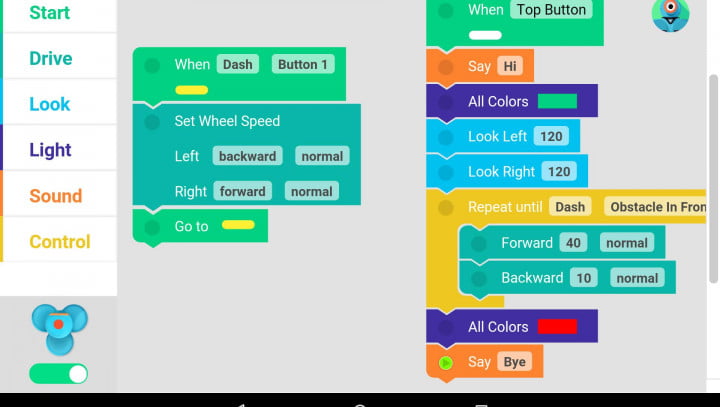
A source
Additional tools for working and playing with Dash & Dot robots can also be found on the official website.
Ozobot
Since we mentioned Blockly's “format” of programming, we will again mention the Ozobot model of programmable “color” robots.

Miniature models with the size of a five-ruble coin at the base are able to walk along lines, depending on their color, they can also change their highlight, dozens of color commands are distinguished, which allows creating individual game scenarios.
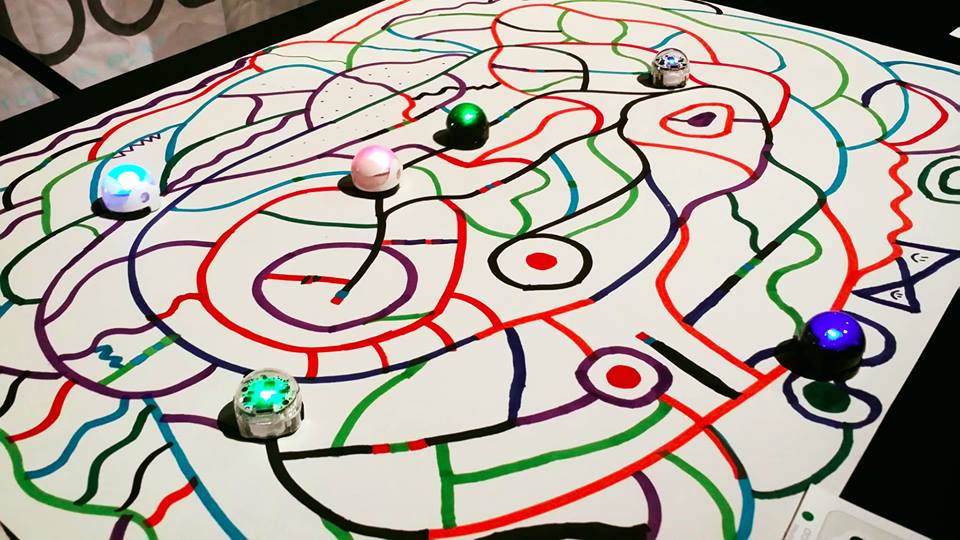
The basic set for Ozobot Bit includes not only the necessary consumables, tips and "training sheets", but also additional tools for customizing mini bots.
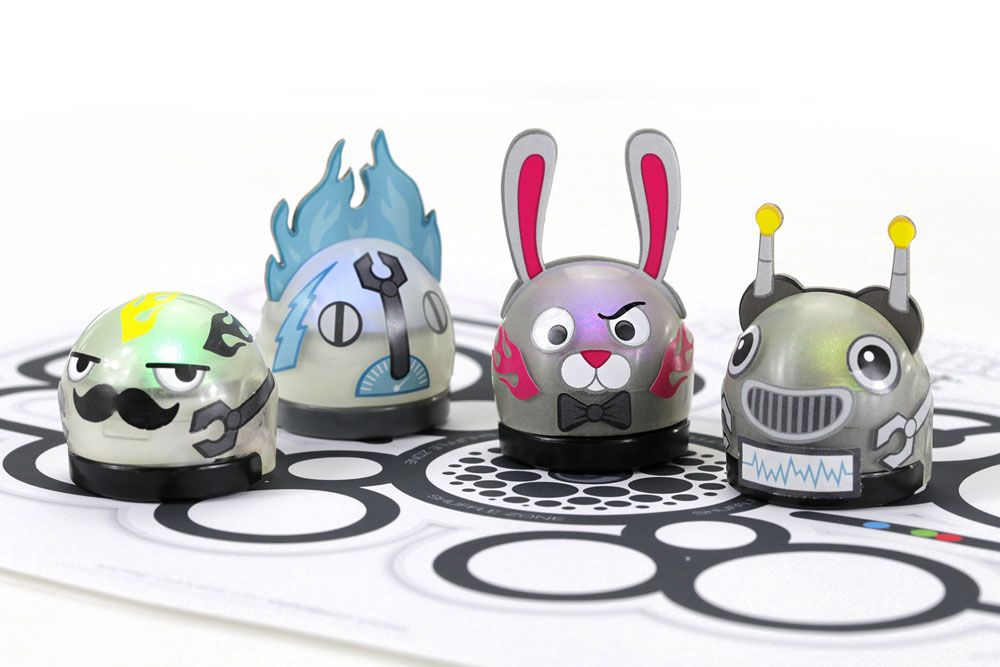
When the management of markers bored, the developers offer to "encode" behavioral models for robots through a special site. Here, the commands are set in the format of "blocks", and then reproduced, no longer responding to the lines.
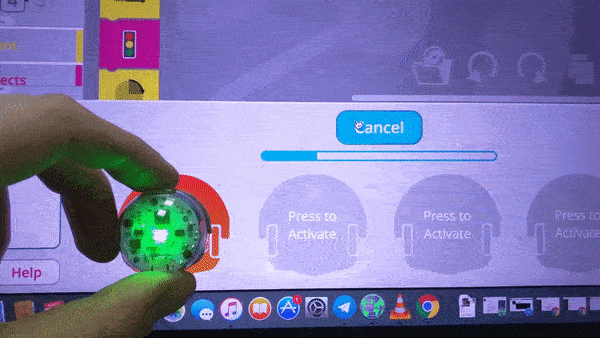
Bit robots are simpler, Evo robots are more complicated. They additionally have a Bluetooth module, which gives additional opportunities for control using a smartphone.

However, the main and most fascinating, judging by the tests performed, is the ability to draw paths for the robot using different color markers.
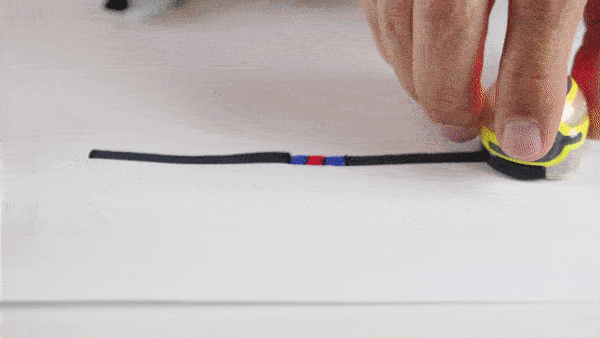
Sphero sprk
Robot-ball , controlled from a smartphone.
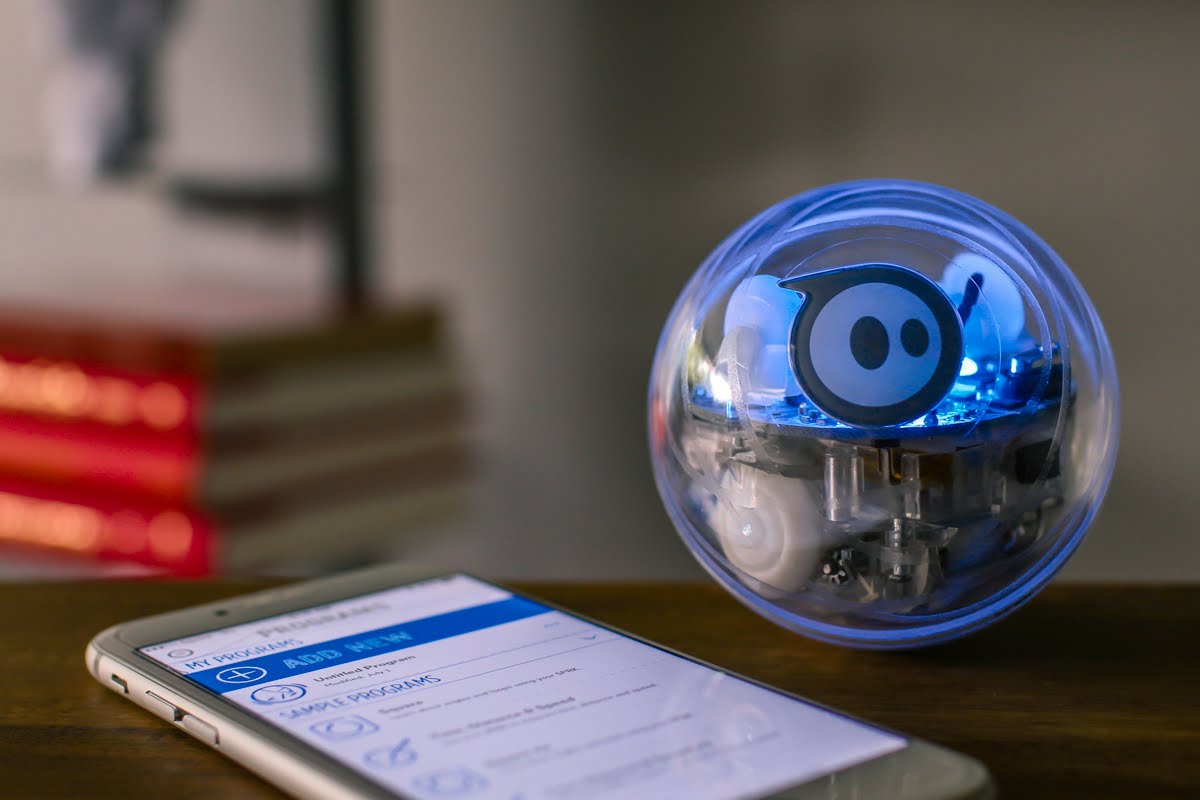
In addition, the toy can perform tricks under the “sensitive” guidance of a teenager, receiving commands directly from a smartphone or tablet ...
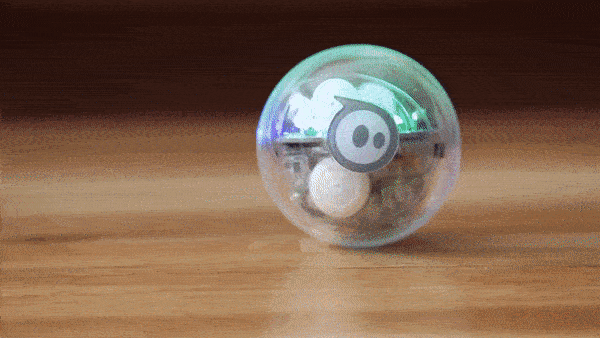
Here it is also possible to think over the algorithm of the robot behavior in advance by specifying commands in blocks:
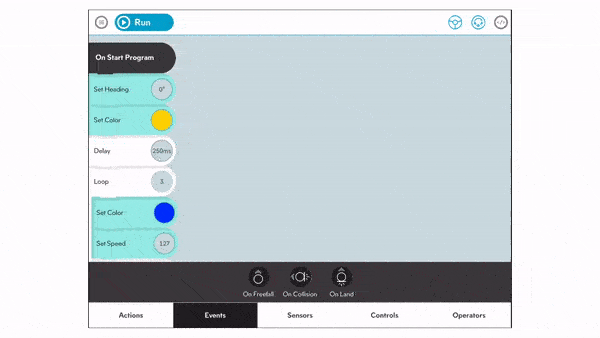
Lego
Favorite since childhood cubes have become advanced. One of the Lego devices, which was created specifically for work in circles of robotics, is Lego Mindstorms EV3 .
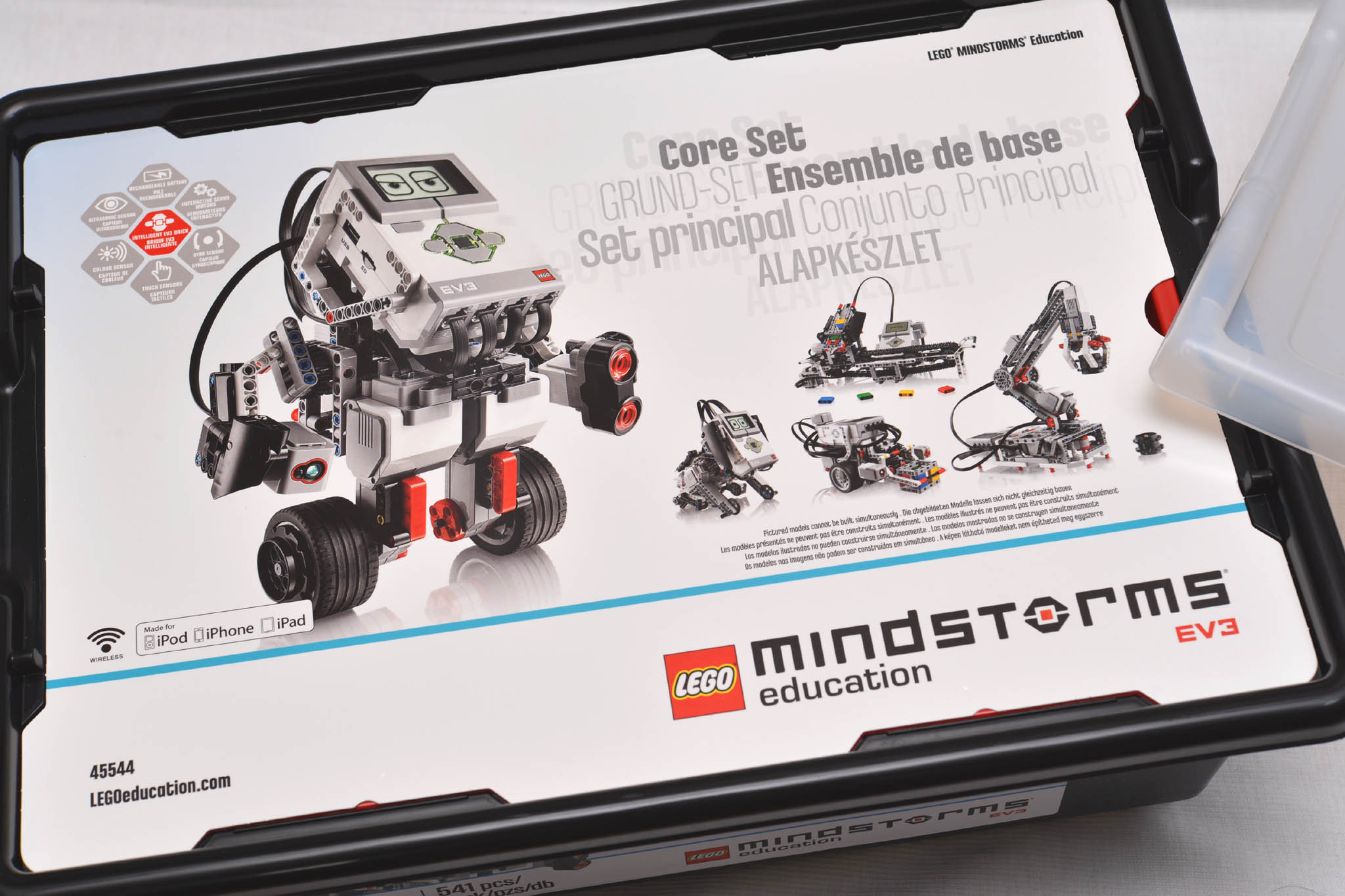
Using the available software, the robot can be programmed to perform virtually any action.

A source
Programming is carried out on a computer, after which the algorithm is unloaded into the robot.
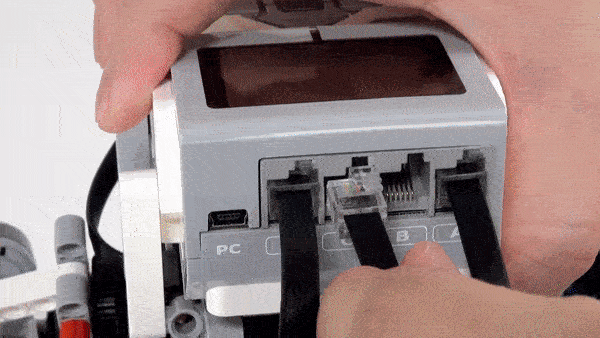
Jimu
Jimu Inventor - something like Lego: universal parts for creating a variety of models that in the future will perform certain actions.
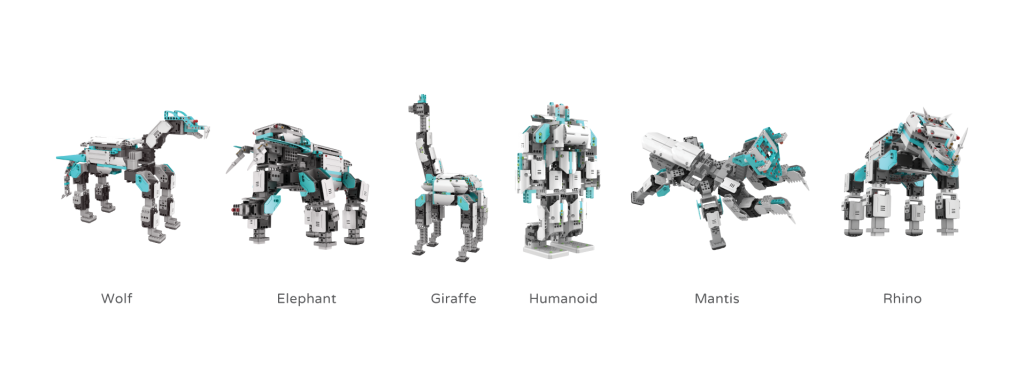
The same behavior scripts should be set up in the Jimu application, after which the data over the air is synchronized with the “brains” of the robot. The algorithm is set in a familiar way - in blocks.
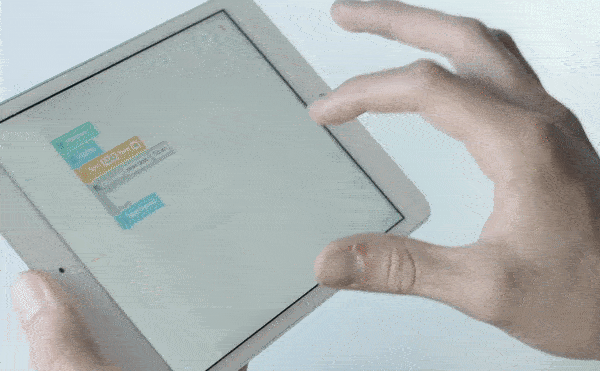
All step-by-step assembly instructions are also conveniently assembled in the app. The assembled design must be synchronized via Bluetooth.

Already at this stage, you can send simple commands without programming complex scripts via Blockly.

PS Inside a little gif.
Let's start with the simple.
')
Pudding s
The robot, which received the fabulous name Emelya in Russia, is intended for communication.

Unlike most robots, Emelya is practically static: he can twist his "head", but he will not move from his place. Its main feature is the presence of the similarity of artificial intelligence: the child can ask the robot simple questions, after which he will “google” the answers and reproduce them.

For Emelya's parents, he will become a means of additional control: first, the robot is equipped with a camera, which will allow remote control of the apartment. Secondly, it is possible to send messages to Emelya, which he will read out to the child.

And finally, the Pudding S application includes a large collection of fairy tales, songs, classical author's literature.

As such, the programming format is not provided, but you can choose the emotions of the robot, “force” it to pronounce certain phrases + ask a variety of questions and get answers to them voiced by a male or female voice.
Dash & Dot
Programmable set for children, recommended from 5 years. Working with the robot is aimed at teaching children programming, involvement in this process through the phased development of various "languages".

For the smallest, one of the scenarios is simply to work with the Go for Dash & Dot robots application, which is used to control the robot, sounds and effects.

For more complex configurations are provided:
Path for Dash robot
Creative software for defining algorithms and reactions of robots to events with a fairly simple interface.

Xylo for Dash robot
Music application for robots, which in the process of learning programming will help to create and play music. To work with this software, you need an additional accessory - xylophone.

Blockly for Dash & Dot robots
Also for older children there is the Blockly application, which allows you to create cycles, think over and load algorithms in the robot, control all sensors and much more. In the process, you just need to "drag" blocks of commands in the desired sequence.

A source
Additional tools for working and playing with Dash & Dot robots can also be found on the official website.
Ozobot
Since we mentioned Blockly's “format” of programming, we will again mention the Ozobot model of programmable “color” robots.

Miniature models with the size of a five-ruble coin at the base are able to walk along lines, depending on their color, they can also change their highlight, dozens of color commands are distinguished, which allows creating individual game scenarios.

The basic set for Ozobot Bit includes not only the necessary consumables, tips and "training sheets", but also additional tools for customizing mini bots.

When the management of markers bored, the developers offer to "encode" behavioral models for robots through a special site. Here, the commands are set in the format of "blocks", and then reproduced, no longer responding to the lines.

Bit robots are simpler, Evo robots are more complicated. They additionally have a Bluetooth module, which gives additional opportunities for control using a smartphone.

However, the main and most fascinating, judging by the tests performed, is the ability to draw paths for the robot using different color markers.

Sphero sprk
Robot-ball , controlled from a smartphone.

In addition, the toy can perform tricks under the “sensitive” guidance of a teenager, receiving commands directly from a smartphone or tablet ...

Here it is also possible to think over the algorithm of the robot behavior in advance by specifying commands in blocks:

Lego
Favorite since childhood cubes have become advanced. One of the Lego devices, which was created specifically for work in circles of robotics, is Lego Mindstorms EV3 .

Using the available software, the robot can be programmed to perform virtually any action.

A source
Programming is carried out on a computer, after which the algorithm is unloaded into the robot.

Jimu
Jimu Inventor - something like Lego: universal parts for creating a variety of models that in the future will perform certain actions.

The same behavior scripts should be set up in the Jimu application, after which the data over the air is synchronized with the “brains” of the robot. The algorithm is set in a familiar way - in blocks.

All step-by-step assembly instructions are also conveniently assembled in the app. The assembled design must be synchronized via Bluetooth.

Already at this stage, you can send simple commands without programming complex scripts via Blockly.
Source: https://habr.com/ru/post/411133/
All Articles